Ancelotti's Managerial Style Compared To Capello's
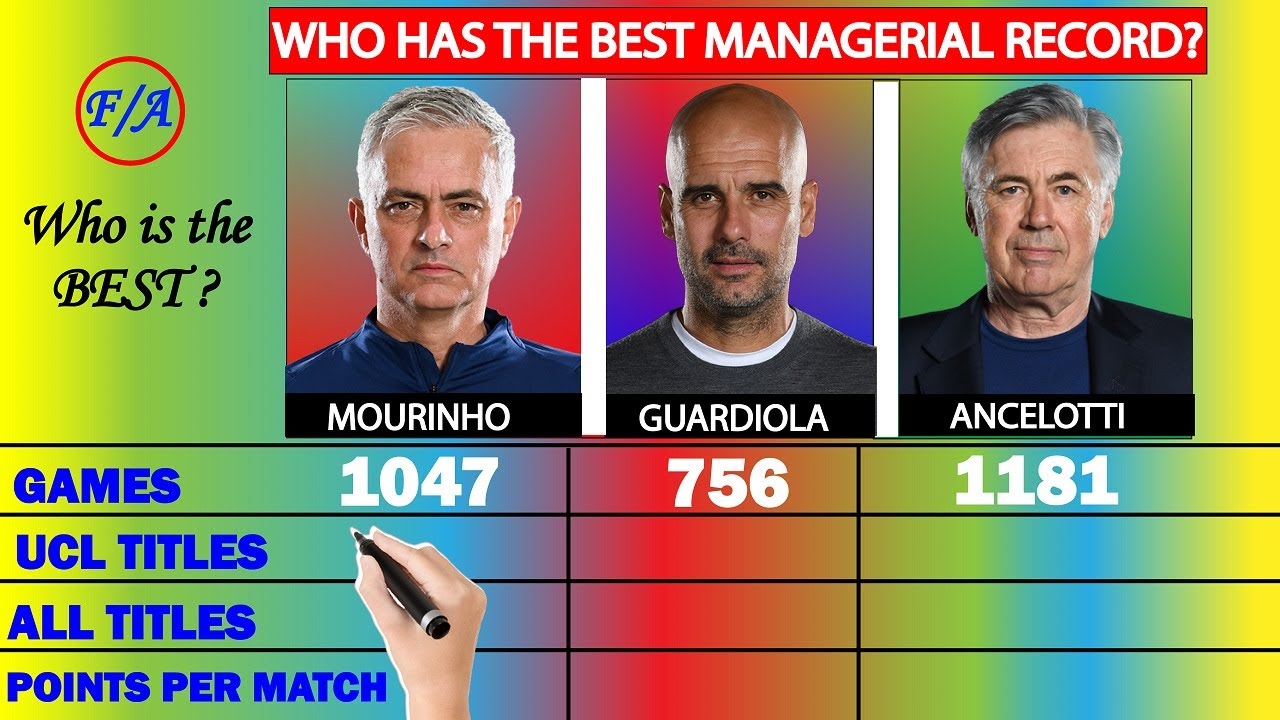
Table of Contents
Tactical Approaches: Attack vs. Defence
Ancelotti's Fluid, Attacking Philosophy
Ancelotti is renowned for his possession-based, attacking football. His teams are characterized by fluid formations, often adapting dynamically to exploit opponent weaknesses. He prioritizes creative attacking play, empowering individual talent and fostering a free-flowing style. This philosophy emphasizes player development and building a strong team identity based on creative expression.
- Tactical Setups: Ancelotti has famously used various formations, including 4-3-3 variations (often employing inverted wingers), the classic 4-4-2 diamond, and the “Christmas tree” formation, adapting his approach depending on the players at his disposal and the opponent’s strengths.
- Successful Implementations: His success at AC Milan (two Champions League titles), Real Madrid (La Liga and Champions League), Bayern Munich (Bundesliga), and Everton showcases the effectiveness of his adaptable attacking system. His ability to mold his tactics to the specific strengths of his players is a defining characteristic of his style.
Capello's Pragmatic, Defensive Mindset
In stark contrast, Capello is known for his pragmatic, results-oriented approach, prioritizing defensive solidity and tactical discipline above all else. His teams are built on a strong foundation of defensive organization, often employing rigid formations and emphasizing tactical awareness and strong work ethic. While attacking prowess isn't disregarded, it's always secondary to the stability of the defense.
- Preferred Formations: Capello's preferred formations frequently include variations of 4-4-2, often with a deep-lying playmaker, and a defensively-minded 4-3-3 focused on compactness and transitions. He prioritizes well-defined roles and a structured system.
- Team Success Stories: His successes at AC Milan (Serie A titles), Real Madrid (La Liga), and with the England national team reflect his ability to build defensively robust teams capable of grinding out results. This is evidenced by his high percentage of clean sheets and ability to manage games effectively.
Player Management and Team Dynamics
Ancelotti's Player-Centric Approach
Ancelotti cultivates strong relationships with his players, creating a positive and supportive environment. He's known for his excellent man-management skills, prioritizing open communication and effectively leveraging the strengths of his players. This player-centric approach allows him to rotate players seamlessly, adapting his tactics to the capabilities of his squad.
- Managing Star Players: Ancelotti's success stems from his ability to manage egos, fostering an atmosphere of collaboration even with the world's most famous footballers. He demonstrates this through his consistent ability to balance star players and team dynamics.
- Conflict Resolution: He uses a collaborative style for conflict resolution, focusing on building mutual understanding and respect, leading to a greater sense of team cohesion.
Capello's Demanding and Authoritarian Style
Capello's style is markedly different. He demands strict discipline and maintains high expectations, creating a hierarchical and less forgiving atmosphere. His focus is relentlessly results-oriented, with discipline enforced through strict rules and adherence to the tactical plan.
- Disciplining Strategies: Capello's disciplining is well-documented. His adherence to strict tactical regimes and the consequences for deviating from those strategies are notable. Player substitutions often reflect this stringent approach.
- Potential Conflicts: This demanding approach has occasionally led to conflicts with players unable to adapt to his authoritarian style. His management style is frequently described as more autocratic compared to Ancelotti's.
Results and Legacy: Trophies vs. Stability
Ancelotti's Record of Success
Ancelotti’s trophy cabinet is testament to his managerial brilliance. He boasts multiple Champions League titles, numerous league titles, and various domestic cups across various top European leagues. However, his teams, while often breathtaking to watch, have also displayed periods of inconsistency.
- Major Titles: His list of accomplishments is extensive. A detailed listing of specific titles achieved throughout his career would provide concrete evidence for his success.
- Criticism: Some criticize Ancelotti for occasional tactical vulnerability and a perceived lack of consistency in high-pressure situations across different seasons and clubs.
Capello's Reputation for Delivering Results
Capello's legacy is built on delivering results, particularly league titles. His teams are often less aesthetically pleasing, prioritizing pragmatic solidity over stylish attacking flair, but he consistently achieves success through strong defensive organization and tactical discipline.
- Key Achievements: Capello’s success in achieving several league titles with different clubs is well-documented and makes him a benchmark for achieving consistency in domestic leagues.
- Criticisms: The criticism of Capello often revolves around the less entertaining style of play and the potential for player discontent due to his strict methodology.
Overall Comparison: Strengths and Weaknesses
Ancelotti’s strength lies in his adaptable, attacking philosophy and excellent man-management skills. However, his approach can be criticized for occasional inconsistencies. Capello, conversely, excels at building defensively sound, results-oriented teams, but his strict, authoritarian style can be detrimental to team morale.
- Adaptability: Ancelotti's superior flexibility versus Capello's rigid approach.
- Player Development: Ancelotti's nurturing approach contrasted with Capello's more results-driven emphasis.
- Long-Term Success: Both have achieved significant long-term success, but Ancelotti might be considered more unpredictable across multiple seasons.
The Ancelotti vs Capello debate highlights the diverse approaches to management within elite football, with neither approach definitively "better" – the optimal style depends heavily on context, squad characteristics, and specific objectives.
Conclusion
The contrasting managerial styles of Ancelotti and Capello offer a fascinating case study in football management. Ancelotti's fluid, attacking approach emphasizes player development and creative freedom, while Capello's pragmatic, defensive style prioritizes results and discipline. While both have achieved remarkable success, their differing strengths and weaknesses highlight the diverse paths to victory in the world of football. Share your thoughts on the Ancelotti vs Capello debate in the comments below, and explore further articles comparing other managerial styles to enrich your understanding of football tactics and leadership.

Featured Posts
-
 Revolve Nike Sneaker Sale Prices Starting At 39
May 29, 2025
Revolve Nike Sneaker Sale Prices Starting At 39
May 29, 2025 -
 Pcc Community Markets Exceeds Expectations With 2024 Profits
May 29, 2025
Pcc Community Markets Exceeds Expectations With 2024 Profits
May 29, 2025 -
 State Fair Park Hosts The Realtors Home And Garden Show
May 29, 2025
State Fair Park Hosts The Realtors Home And Garden Show
May 29, 2025 -
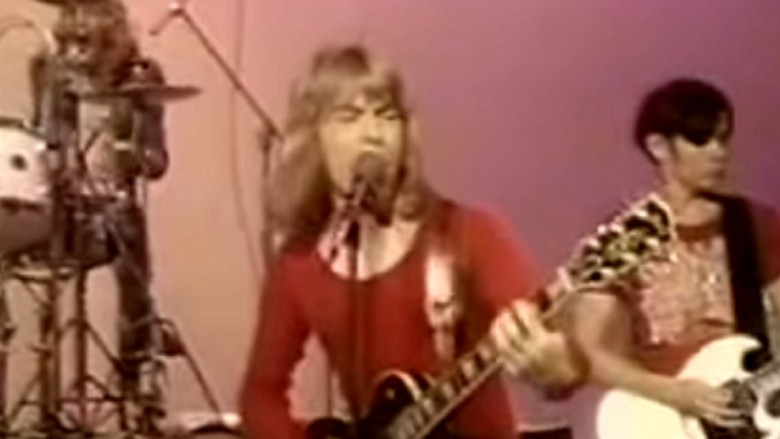 Rick Derringer Guitarist For Weird Al Yankovic Dies At 77
May 29, 2025
Rick Derringer Guitarist For Weird Al Yankovic Dies At 77
May 29, 2025 -
 Pcc Reopens Downtown Location A Reimagined Corner Market
May 29, 2025
Pcc Reopens Downtown Location A Reimagined Corner Market
May 29, 2025
Latest Posts
-
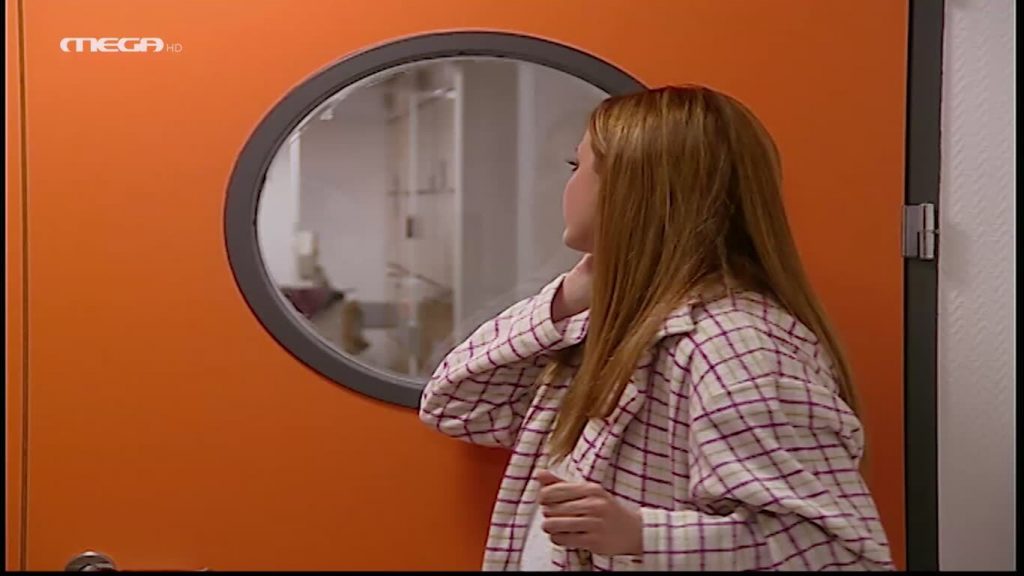 Ti Na Deite Stin Tileorasi Tin Kyriaki 16 Martioy
May 30, 2025
Ti Na Deite Stin Tileorasi Tin Kyriaki 16 Martioy
May 30, 2025 -
 Plires Programma Tileorasis Gia Tin Kyriaki 16 Martioy
May 30, 2025
Plires Programma Tileorasis Gia Tin Kyriaki 16 Martioy
May 30, 2025 -
 Nissans Electric Vehicle Plans Could The Primera Return
May 30, 2025
Nissans Electric Vehicle Plans Could The Primera Return
May 30, 2025 -
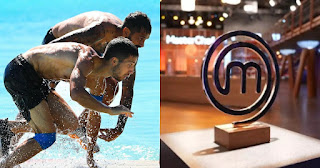 Kyriaki 16 3 Odigos Tiletheasis
May 30, 2025
Kyriaki 16 3 Odigos Tiletheasis
May 30, 2025 -
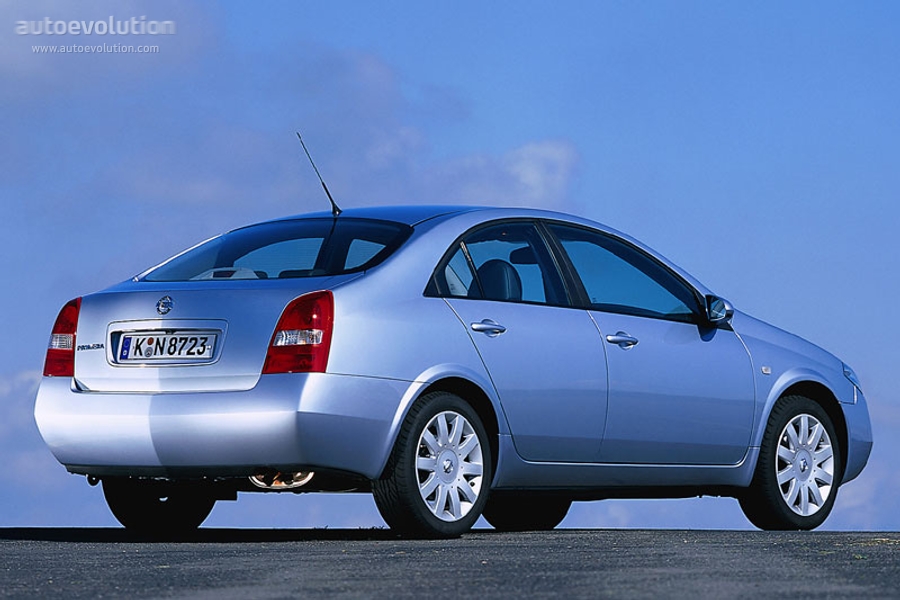 The Future Of The Nissan Primera Electric Sedan Speculation
May 30, 2025
The Future Of The Nissan Primera Electric Sedan Speculation
May 30, 2025
